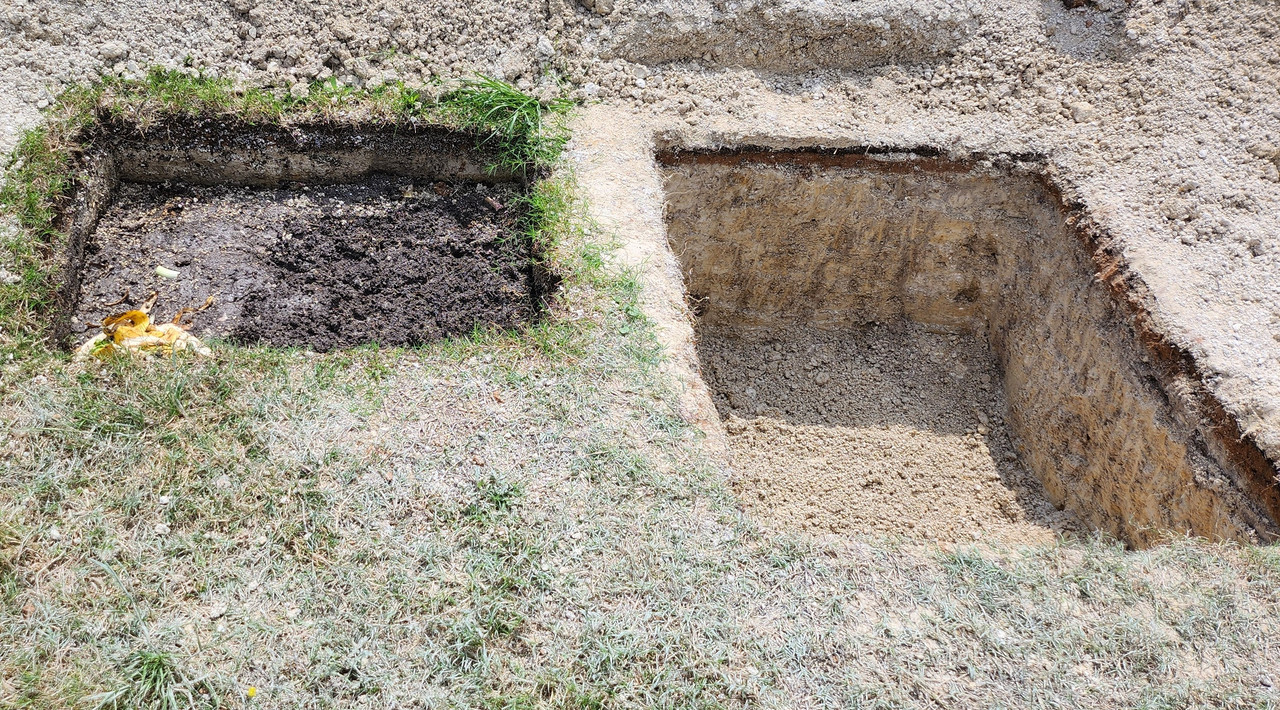Guest wrote: ↑Thu May 09, 2024 2:23 am
Record Wave of Americans Fled Big Cities for Small Ones in 2023
I guess I'm part of this statistic. Anyway, I saw a headline this week that said home gardening leaves a 5-6 times greater carbon footprint than producing the equivalent on large commercial farms.
The Telegraph
Carbon footprint of homegrown food five times greater than those grown conventionally
Joe Pinkstone
January 22, 2024·3 min read
Tomatoes and asparagus were among the best vegetables to grow in allotments according to the study
Growing your own food in an allotment may not be as good for the environment as expected, a study suggests.
The carbon footprint of homegrown foods is five times greater than produce from conventional agricultural practices, such as rural farms, data show.
A study from the University of Michigan looked at how much CO2 was produced when growing food in different types of urban farms and found that, on average, a serving of food made from traditional farms creates 0.07kg of CO2.
The impact on the environment is almost five times higher at 0.34kg per portion for individual gardens, such as vegetable patches or allotments.
The majority of the emissions do not come from the growing of the food themselves, the scientists say, but from the infrastructure needed to allow the food to be grown.
Researchers grouped urban agriculture sites into three categories: individual or family gardens, including allotments; collective gardens, such as community gardens; and larger, commercial-orientated urban farms.
Jake Hawes, a PhD candidate at Michigan and first author of the study, said: “The most significant contributor to carbon emissions on the urban agriculture sites we studied was the infrastructure used to grow the food – from raised beds to garden sheds to pathways, these constructions had a lot of carbon invested in their construction.
“Poorly managed compost and other synthetic inputs can also be important contributors, though they were not the majority on most of our sites.”
https://www.yahoo.com/news/carbon-footp ... 47599.html
In this Dark Age Hovel, similar ideas have already been covered. Most people who move out to a rural area, do a remodeling project, and similar, think it needs to involve buying lots and lots of stuff. That's American culture. It's pretty much automatic.
There's a thread in permies.com of all places (in other words, a permaculture site) where a woman in my area describes what she did to prepare a garden plot. She ended up hiring a contractor to use a Deere compact track loader to scrape off all her topsoil and one foot of subsoil, then mix the topsoil with purchased amendments and put the mix back in her garden plot. That was just the beginning, as the site construction followed with gravel paths, 8 feet high fencing, and probably more once the contractor was done. That all happened after she found out raised beds didn't work for her.
Here at the Dark Age Hovel, there was a heavy rain a few days ago and the water flow on the land could be observed. There are some slopes that I'm trying to figure out how to best take advantage of. This morning I finished digging another compost pit (by hand). Admittedly, it's hard work in the Texas heat and humidity. The first pit is nearly full (all materials obtained for free on foot) and the second is 50 percent bigger but only covers 12 sq ft.

I will need to purchase some materials to keep the rabbits out. Working to figure out how to keep that to a minimum.
This project will go on and on for years and will mostly be discussed in the context of how it fits in with current news and trends, as above.
While the periphery breaks down rather slowly at first, the capital cities of the hegemon should collapse suddenly and violently.
